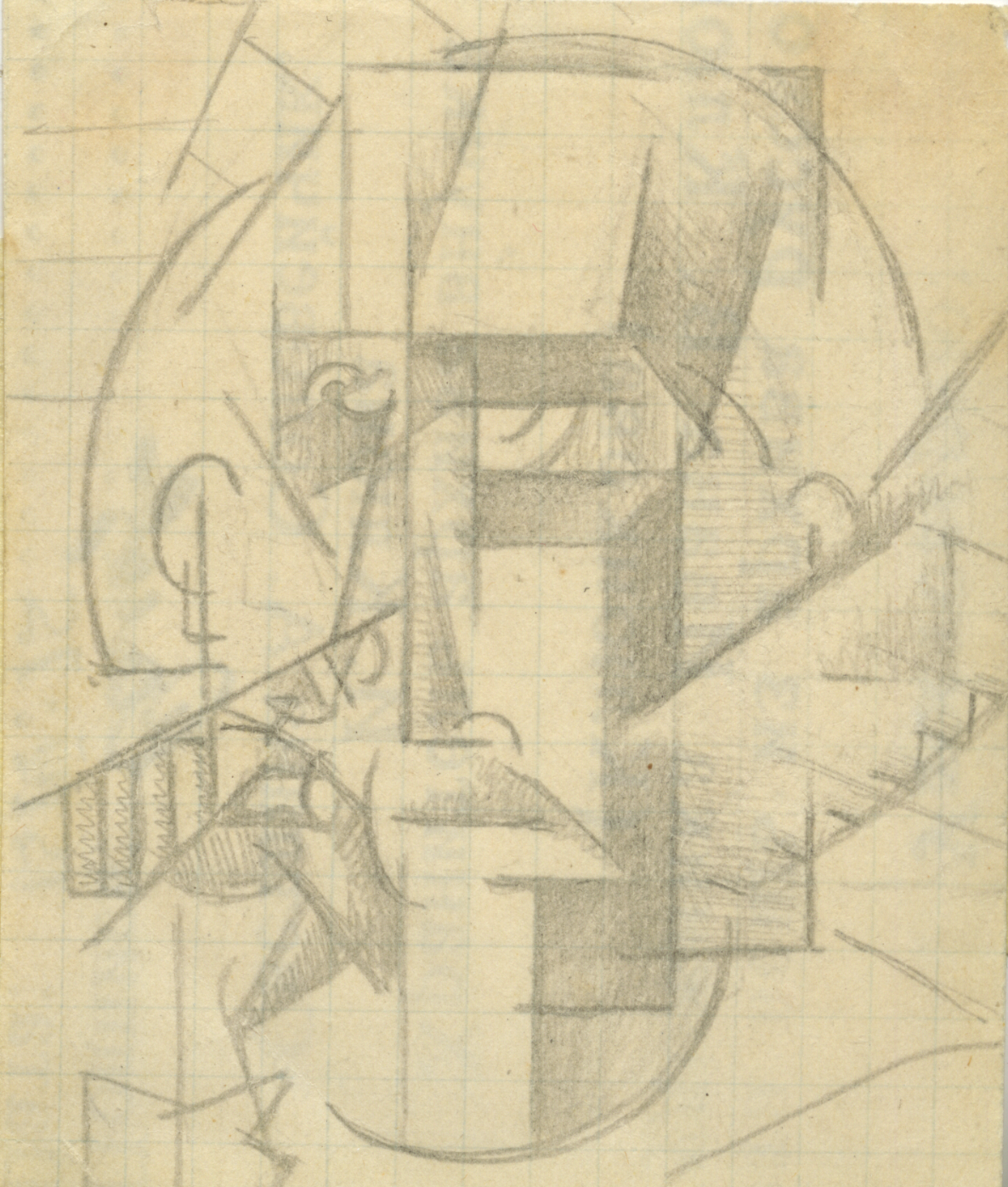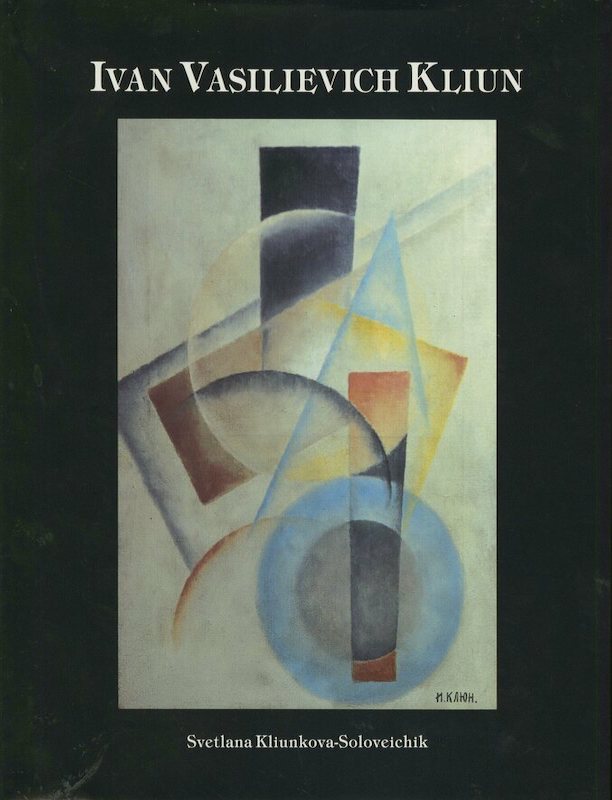Catalogue: Important Russian Art Auction
15 October 2020

120. KLIUN, IVAN (1873–1943)
Portrait of Kazimir Malevich, inscribed in Cyrillic "K. Malevich" on the reverse.
Pencil on paper, 7.5 by 6 cm.
12,000–18,000 GBP
Executed c. 1914.
Provenance: Collection of S. Kliunkova-Soloveichik.
Private collection, USA.
Private collection, Europe.
The work bears a stamp with authentication from S. Kliunkova-Soloveichik, the artist’s granddaughter, on the reverse.
Authenticity of the work has been confirmed by the expert O. Glebova.
Literature: S. Kliunkova-Soloveichik, Ivan Vasilievich Kliun, New York, IVK Art, 1993, p. 91, illustrated and listed.
Chronologically, the selection opens with the work Portrait of Kazimir Malevich (c. 1914), a preparatory drawing for one of Kliun’s most famous Cubist paintings, The Sawyer. This composition is known today in at least three versions, painted in 1913 (Krasnodar Regional Art Museum), 1914 (Astrakhan State Art Gallery) and 1915–1922 (State Tretyakov Gallery). Kliun carefully worked out each one in numerous preparatory pencil and watercolour studies and rough sketches.
In fact, the saw motif becomes extremely important in 1913 both for Kliun and his closest friend and associate of those years, Kazimir Malevich, who worked along with him. The saw appears at that time in Malevich’s “illogical compositions” end, most importantly, as a recognisable detail in his portrait of Kliun, clearly acting as a semantic symbol for both artists. The portrait, which Malevich called the Perfected Portrait of a Builder, was executed in 1913 and shown at the same Union of Youth exhibition where the first version of The Sawyer was displayed. Most certainly, that work inspired Kliun to create the offered portrait of his friend as a sawyer.
There is some correlation between the work offered here and Kliun’s portrait by Malevich. If we compare the present drawing with the other preparatory sketches for The Sawyer in the State Tretyakov Gallery, it becomes evident that they share the similarly geometrical rendering of the beard, as well as the deliberate use of a saw and details of wooden architecture — typical attributes of Malevich’s representational picture. These same features are manifest not only in the 1914, painted version of The Sawyer, but also Kliun’s famous Cubo-Futurist self-portrait (1915–1922), known as Self-Portrait with a Saw.
The history of the creation and gradual evolution of this image is not just evidence of the friendship and shared artistic pursuits of Kliun and Malevich, the two close associates and kindred spirits, but also a splendid example of the transformation of Kliun’s own Cubo-Futurism, of which the present drawing is a fair representation.
The present lot as illustrated in the Catalogue Raisonné


Notes on symbols:
* Indicates 5% Import Duty Charge applies.
Ω Indicates 20% Import Duty Charge applies.
§ Indicates Artist's Resale Right applies.
† Indicates Standard VAT scheme applies, and the rate of 20% VAT will be charged on both hammer price and premium.